In its April 16 UT Editorial, "The real polluters of Barrio Logan," UT San Diego has conveniently drawn data selectively from the Barrio Logan Community Plan environmental analysis, creating a falsified scapegoat for toxic businesses to hide behind. Instead of sticking up for San Diego's children and the opportunity to provide a better life, the UT is promoting bogus claims.
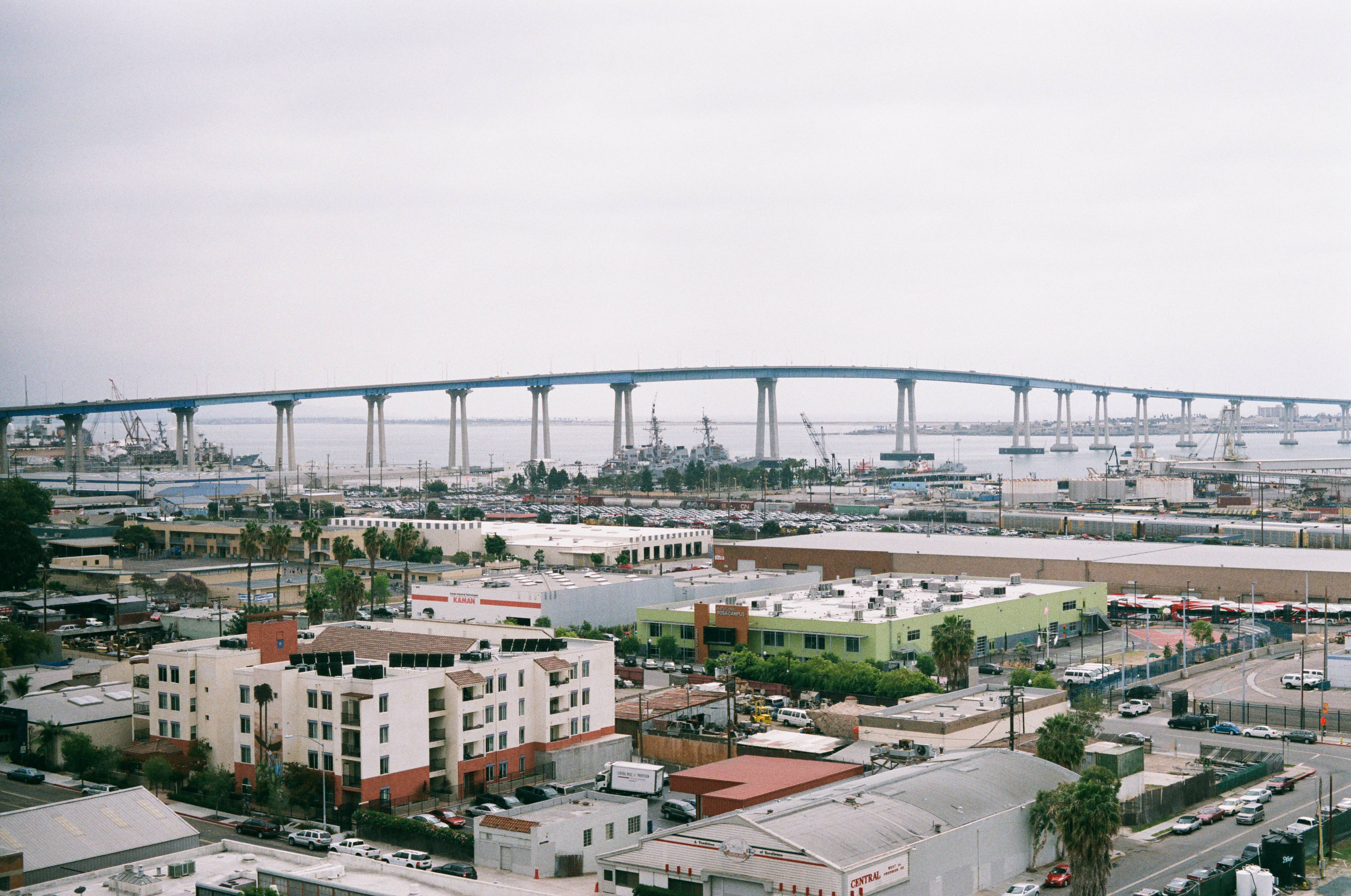
One of San Diego's busiest freeways, I-5, runs through the neighborhood and industrial shipyards surround the community. Within the boundaries of Barrio Logan, auto body and plating shops operate next door to homes and schools. We know the pollution is a combination of all of these, but we cannot move I-5 or the shipyards.
So, instead of giving up and feeling helpless, the residents of Barrio Logan, the City of San Diego and key stakeholders—including industry— took five years to consider all points of view and generate an all-around solution that can change conditions in the community - better land-use zoning, currently an outdated mess created in 1978.
The new community plan re-zones Barrio Logan so residents and polluting businesses can both operate safely. The buffer zone separates the neighborhood from the heavy industries and shipyards while the rezoning establishes industrial, commercial and residential areas within the community.
The Barrio Logan community plan is not a perfect solution to decades of neglect and discriminatory land-use practices. For right now, this is the first step toward moving families and children away from the polluting industry next door. A YES vote on propositions B and C allows the neighborhood to take that first step.
The major industrial sources of pollution, the shipyards, should act now to reduce pollution they allege to be concerned about, instead of fighting every proposed change for decades – not just in Barrio Logan, but also cleaning up San Diego Bay, rerouting diesel trucks and using less-toxic chemicals. There is no argument that there is much more work needed to clean up Barrio Logan. For now, YES on B and C is the immediate answer.
Georgette Gomez
Environmental Health Coalition


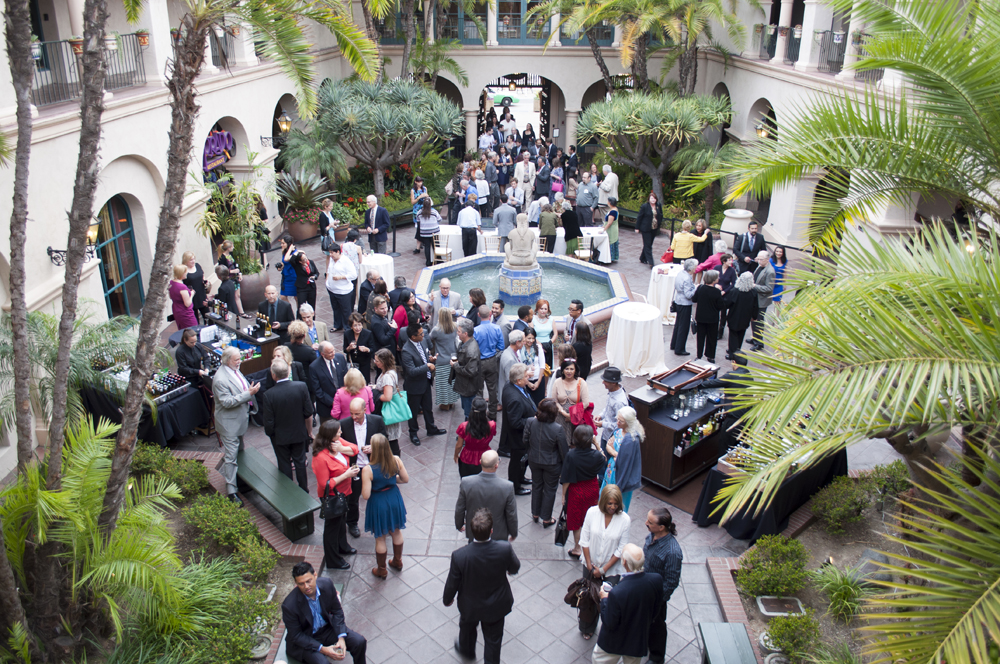

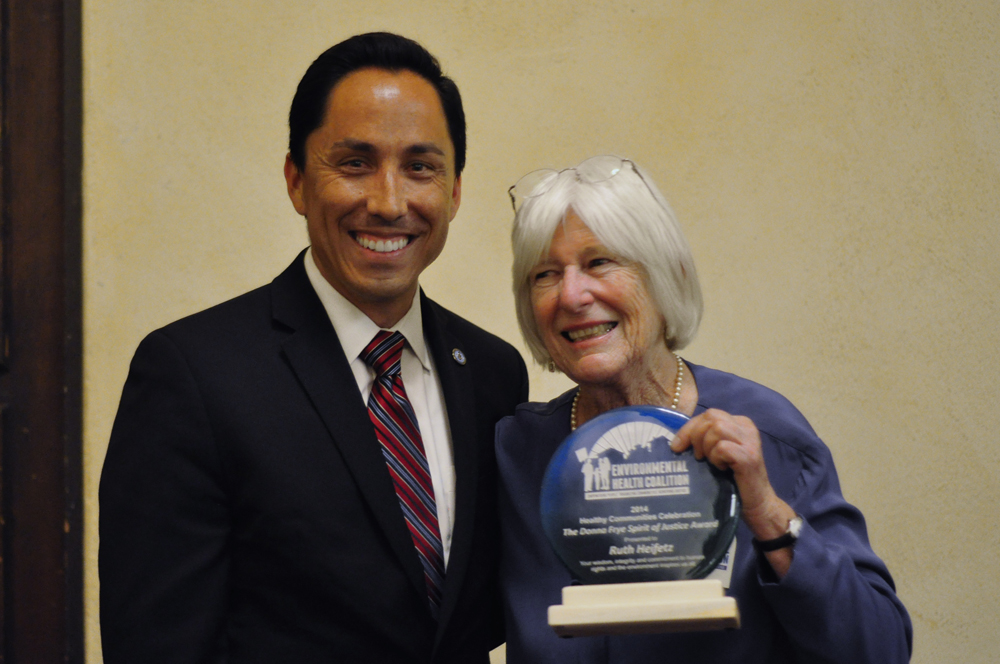
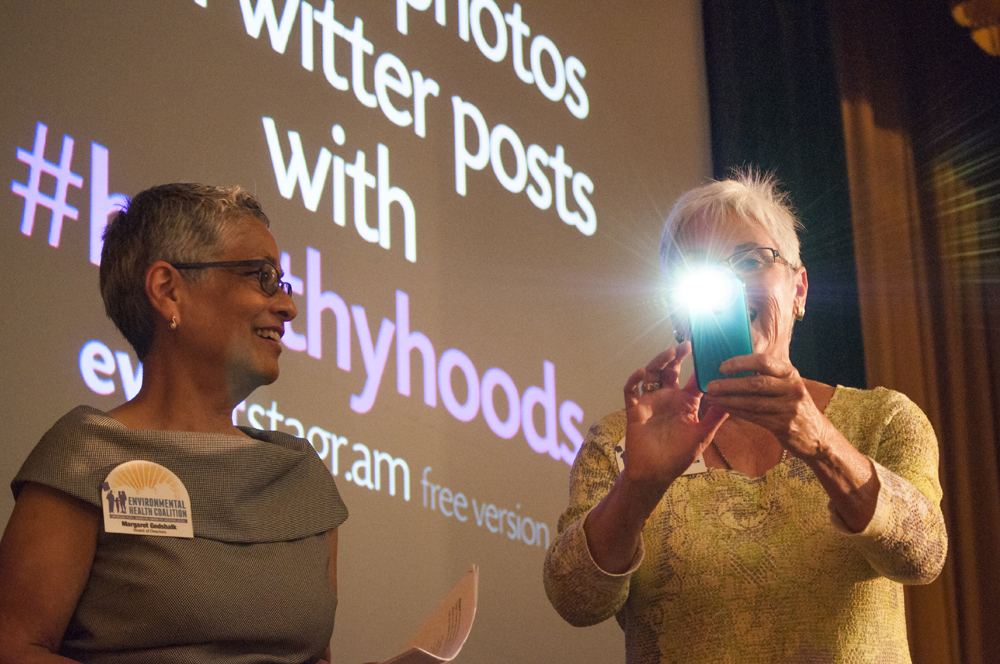

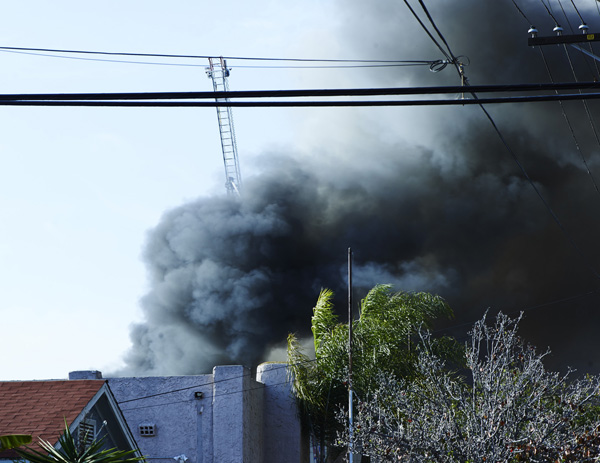 It's the nightmare we all wished wouldn't happen, but it does.
It's the nightmare we all wished wouldn't happen, but it does.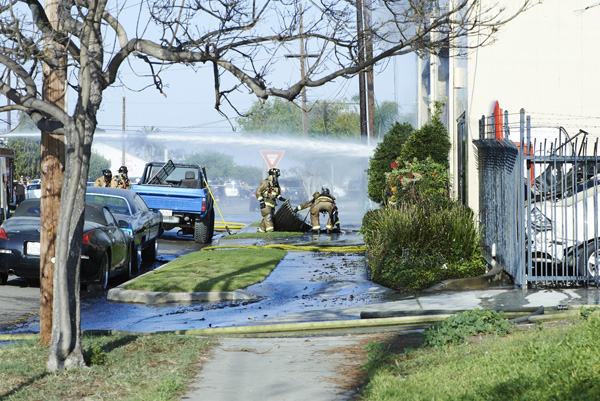 E & S Autobody is one of dozens of industrial uses located in the Old Town National City community threating the health, safety and quality of life of these families every day. We see the
E & S Autobody is one of dozens of industrial uses located in the Old Town National City community threating the health, safety and quality of life of these families every day. We see the 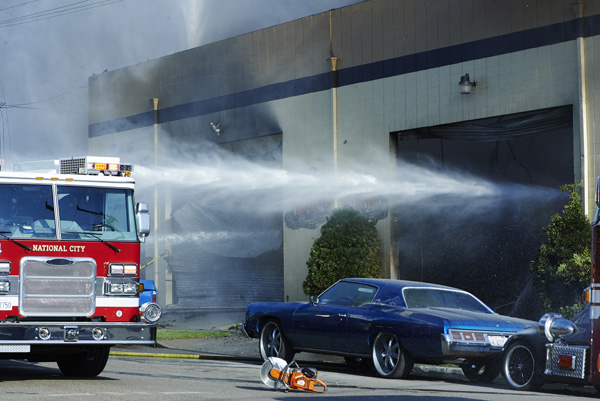
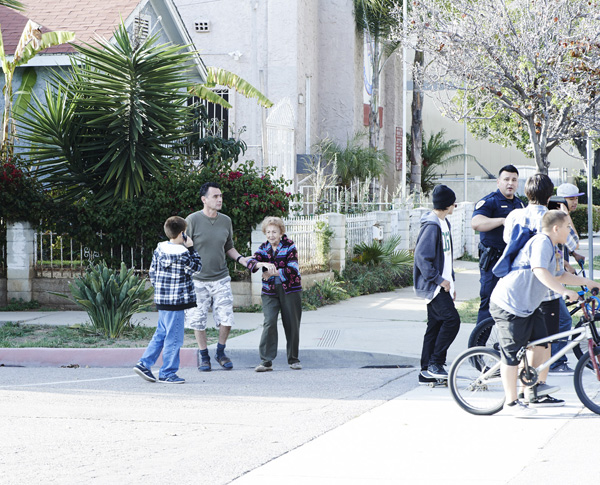

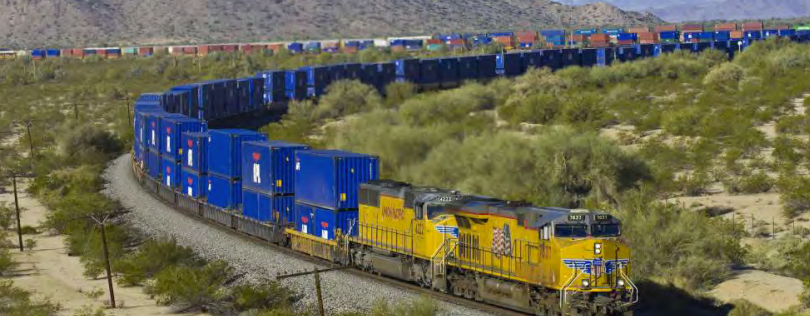 A new report released this month by the California Cleaner Freight Coalition
A new report released this month by the California Cleaner Freight Coalition